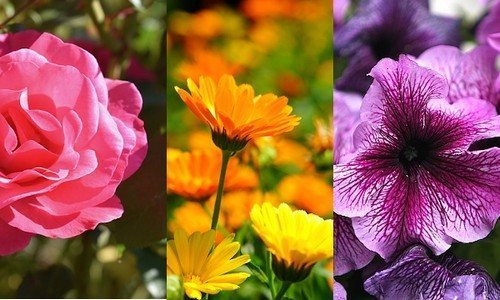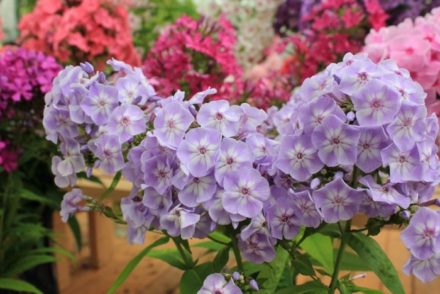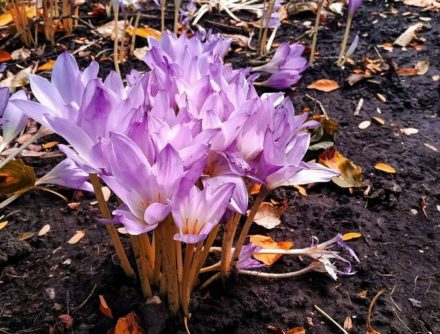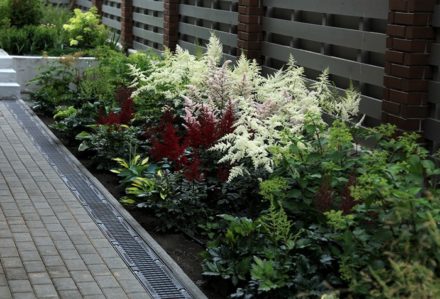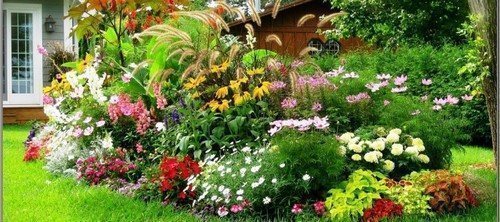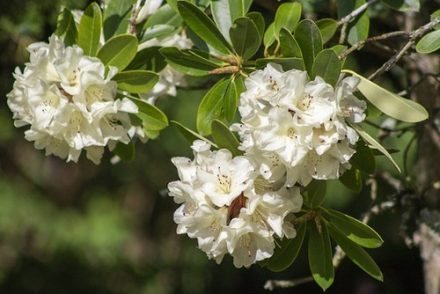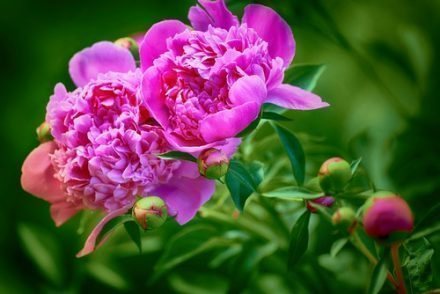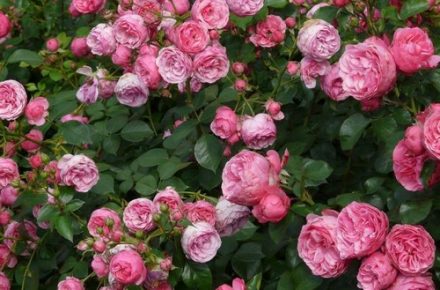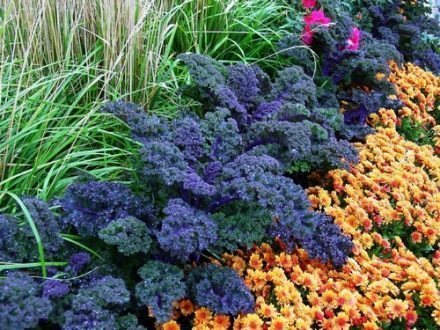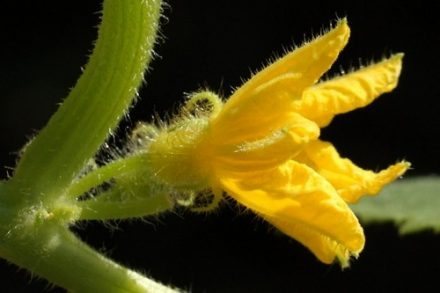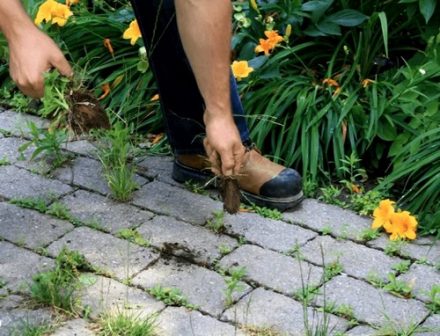Perennial flowers are considered the basis, the foundation for every garden. Thanks to them, both the structure and design of the garden itself are formed, the landscape is planned, and flower bed compositions are organized. There are countless perennial plants that can beautify your garden. And by focusing on choosing rare species of such flowers, gardeners add originality and sophistication to the site.
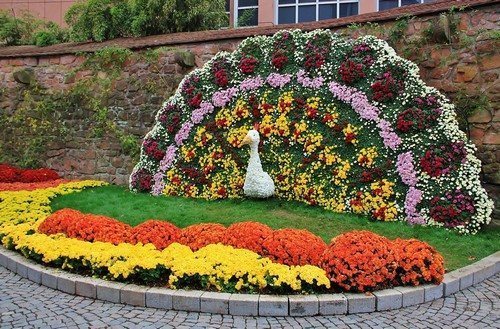
Uvularia
Uvularia is striking in its unusual form of yellow bell-shaped flowers on stems reaching a height of 50 cm. It easily takes root in shady areas and blooms in late spring. Requires well-drained soil and regular watering, but does not like stagnant water. Uvularia grows in one place for many years, becoming a more lush and powerful bush every year. This flower tolerates winter well, as it is resistant even to severe frosts. Uvularia reproduces using seeds and dividing bushes.
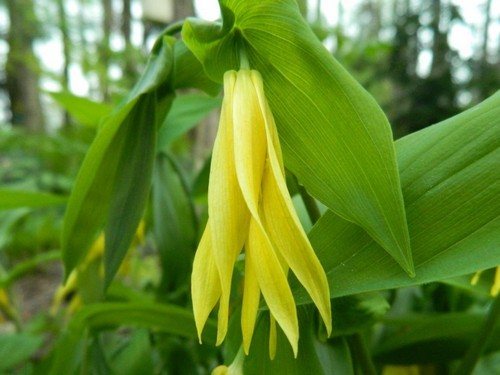
Gentian seven-partite
Gentian of amazing sky blue or purple color blooms from June to September, pleasing the eye with large flowers. A suitable place for such a plant is considered to be partial shade with fertile, not overheated soil. Gentian requires regular and abundant watering to ensure access to constantly moist soil. Does not require fertilizing, mulching with peat is sufficient. The plant propagates by seeds, cuttings and dividing the bush.
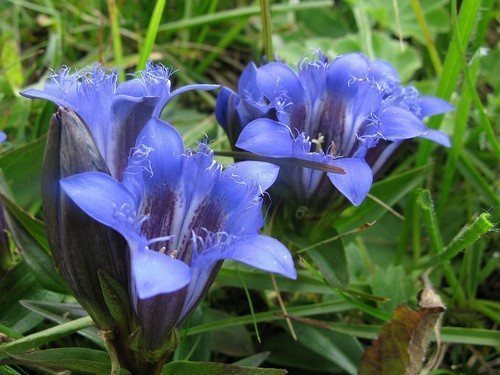
Meconopsis
Meconopsis is a “Himalayan miracle”, a perennial belonging to the poppy family. This is a plant with large beautiful flowers of blue, and sometimes brown, creamy yellow and fiery red. The shade-tolerant, winter-hardy and drought-resistant plant does not tolerate stagnant waterlogging. Necessary care requires sufficient watering and spraying, as well as fertilizing during the first time after planting. It is recommended to propagate meconopsis vegetatively - using cuttings and dividing the bush.

Cohosh
Another name for this flower is “silver candles,” which fully reflects the appearance and unusual beauty of the plant. Prefers shade or partial shade, a place protected from the wind and soil rich in humus. But it is not recommended to plant the plant under trees. Loves frequent watering and soil mulched with leaves. For the winter, black cohosh is covered with spruce branches. The plant reproduces both by seeds and vegetatively. Please note that black cohosh are poisonous.
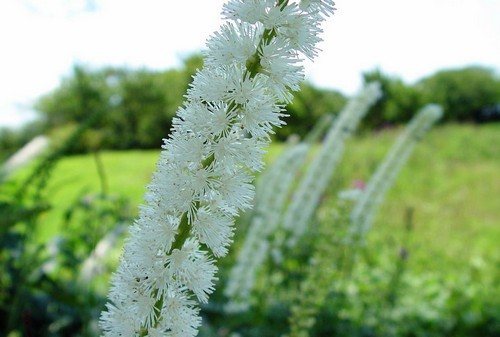
Knifofia
The exotic guest Kniphofia, originally from Africa, will definitely give any garden a unique uniqueness. Orange “stamens” on the stem, like sparklers, are noticeable from everywhere. The plant prefers a sunny, wind-protected place with moderately moist, nutritious soil. The basis of care is weeding, mulching, fertilizing twice a season and thoroughly preparing the plant for winter. However, kniphofia will bloom only next year, since its root system first needs to be strengthened.
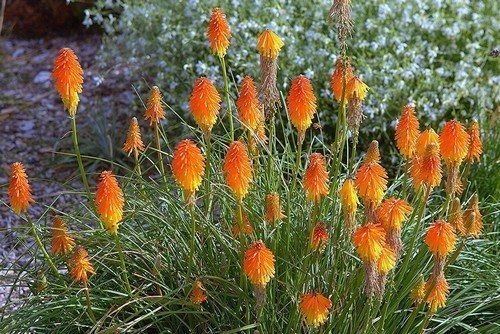
Astrantia
Astrantia is a herbaceous honey plant of mysterious origin with noticeable pink or white flowers. Perhaps this is the most unpretentious perennial plant that can withstand shade, drought and frost. If the weather corresponds to the middle zone, then as care it is recommended to loosen the soil when watering and mulch with peat. Astrantia is capable of reproducing on its own - by seeds or vegetatively.
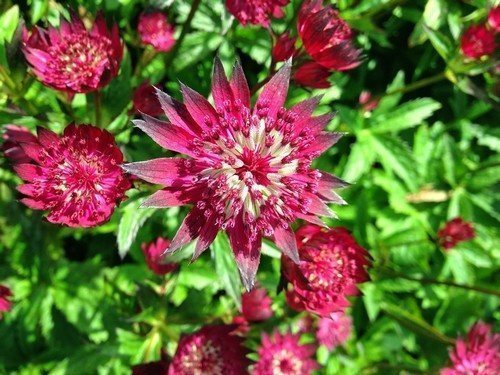
All of these amazing flowers will, without a doubt, add a bewitching charm to the site and flower beds. And their perennial and long flowering make them easier to care for and grow.


